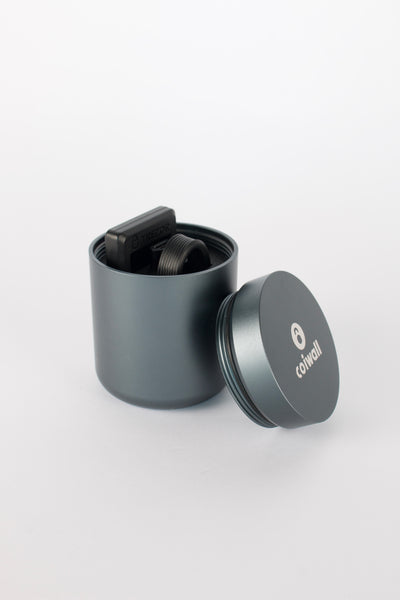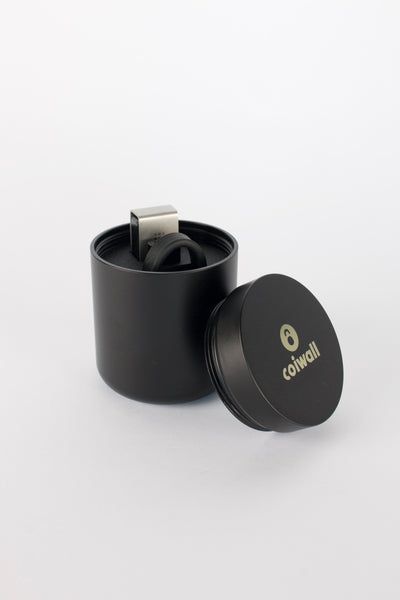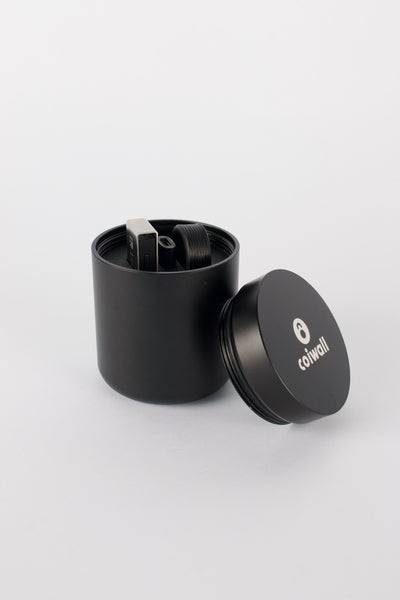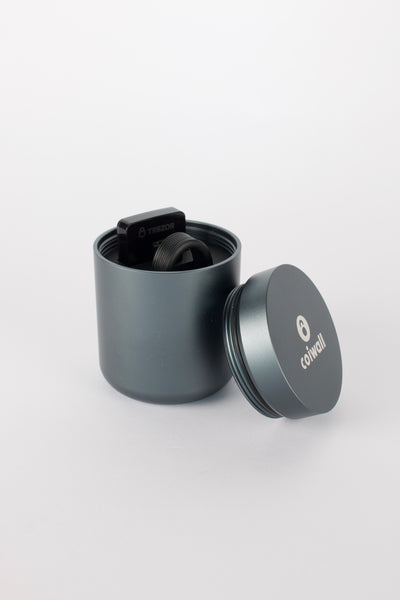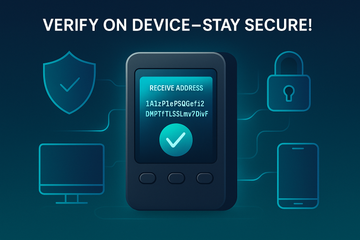In the ever-expanding universe of cryptocurrency, ensuring the security of your assets can feel a bit like navigating a virtual minefield. One wrong move, and poof—your hard-earned coins could vanish. Enter the trusted companions of countless crypto devotees: hardware wallets. Devices like Trezor and Ledger aren't just protective vaults; they're a beacon of safety in the digital realm. But how do these little gadgets help us verify receive addresses in a world where phishing scams lurk at every corner? Let's break it down.
Understanding the Stakes
You might wonder, 'Why all the fuss about verifying a receive address?' Well, here’s the thing: when you're dealing with cryptocurrency, making a transfer is like sending a letter with a digital twist. If the address isn't precisely correct, that letter—or rather, your coins—could end up in a stranger's mailbox. Scammers have become incredibly savvy, employing various tactics to swap out genuine addresses for fraudulent ones. That’s why verifying your receive address—displayed on your hardware wallet—isn’t just an option; it's a necessity.
The Role of a Hardware Wallet
Picture this: your hardware wallet is a fortified safe, and the display screen is its tiny vigilant guard. When you generate a new receive address in your wallet app, the address might still be vulnerable until you double-check it. How? By physically verifying it on your hardware wallet’s display. This verification process ensures that no underhanded software trick has tampered with your address behind the scenes. Sounds simple, right? But it's this very simplicity that belies its effectiveness.
How to Do It Like a Pro
Let’s get down to the nitty-gritty. Whether you're using a Trezor or a Ledger, here's a general step-by-step rundown to verify your receive address directly from the device:
- Open your crypto wallet app: Launch the wallet on your computer or smartphone that interfaces with your hardware wallet.
- Generate a new receive address: Follow the usual steps in your app to create a fresh address for receiving funds.
- Connect your hardware wallet: Plug your device into your computer or use a compatible connection method for your phone.
- Check the address on the device: Here’s the crucial part—compare the address shown on your app with the one displayed on the wallet itself.
- Confirm on the device: If everything matches, approve the address on your hardware wallet by clicking the confirmation button.
And voilà, your receive address is verified! If the addresses don’t match, don’t proceed with the transaction—simple as that. The hardware wallet display acts as a loyal watchdog, ensuring that what you see is indeed what you get.
More Than Just a Display
Now, some might think, 'This little creeping cryptoscreen does all that?' But hold your horses—there's more going on than meets the eye. The secure nature of hardware wallets rests on their being offline, keeping your private keys safe from any potential online threats. When it comes to verifying addresses, this offline capability is part and parcel of their outstanding security. It’s akin to sending a courier instead of mailing sensitive documents through the postal service.
Awareness is Key
Just like a pair of old shoes, hardware wallets need care too—firmware updates are your friends! Updating ensures that you’re protected with the latest security patches and features. Plus, knowing exactly how and when to verify receive addresses prevents those nerve-wracking “Did I just lose my funds?” moments that haunt many a crypto newbie.
It’s also worth noting that these processes might have slight variations depending on which wallet you choose. So, if you're using a Trezor, the navigation might be slightly different from a Ledger; nevertheless, the fundamental concept remains the same—verify on the device! Can't emphasize this enough.
Wrapping Up: More Than a Gadget
Ultimately, our beloved hardware wallets are more than fancy trinkets; they are crucial allies in safeguarding our digital treasure. Verifying your receive address directly on these devices adds another robust layer of security, ensuring peace of mind in a complex crypto landscape. It might seem like a small step, but boy, does it make a world of difference!
So, next time you're about to receive crypto, pause for a moment and let your wallet display do its thing. After all, peace of mind isn’t a luxury—it’s a necessity, especially when your assets are at stake. Your future self might just thank you!

